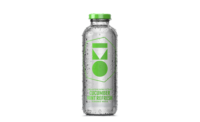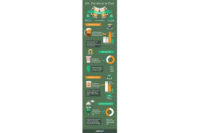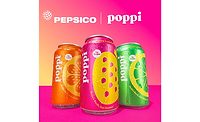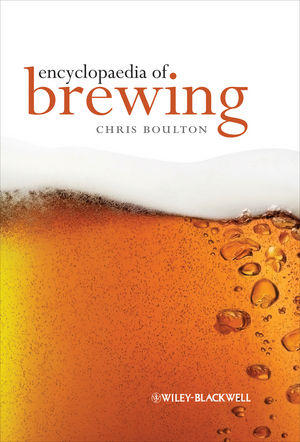Podcast shares what’s impacting the beverage alcohol market
Beverage Industry launches Sip & Learn podcasting series

When I hear people talk about Netflix and Chill, I have to laugh. As a mom of two toddlers, the ability to watch more than one to two episodes of a show without interruption is not part of my playlist. Because binge watching TV is not a luxury that I can participate in, I have found a new affinity for podcast listening. Whether it’s about entertainment, current events, parenting or sports, I have been able to find a podcast to enjoy when I’m driving in the car.
Recently, I came across “The Database,” a podcast hosted by market research firm Nielsen. In its 28th episode titled “What’s on Tap for the Alcoholic Beverage Industry?,” hosts Bill Quinn and Katie Olsen welcomed Danny Brager, who leads Nielsen’s beverage alcohol practice; Danelle Kosmal, a vice president in Nielsen’s beverage alcohol practice; and Matthew Crompton, client service director for Nielsen CGA, to discuss the landscape of on- and off-premise beverage alcohol markets.
“I think we’ve seen a general slowing of beer, wine and spirits — there’s differences within but I think the commonality is we’ve seen some slowing definitely in the wine category and the beer category,” Brager said of the off-premise beverage alcohol market. “The one thing that characterizes all three is even if people are drinking less, here or there, they tend to be drinking better; so we continue to see people opting for more expensive choices then the lower end, so there’s that continuing difference between the premium side of things versus the mainstream and lower side of things.”
The on-premise market also is seeing the effects of premiumization, Crompton explained.
“From an on-premise perspective, some of that’s echoed — people are drinking less but if you look at it by volume numbers, they’re in decline but value numbers are in growth, so people are drinking less, but drinking better,” he said. “When you look across beer, wine and spirits, it’s been a tough time for beer — particularly in the on-premise space. We’ve seen growth in terms [of] brewpubs and taprooms. But in the traditional on-premise space [of] bars and restaurants, certainly a shift to wine and spirit sales we’re seeing great growth there, and it is the premium so [the] high-end luxury products, which are driving that.”
Crompton further delved into what distinguishes premium. Although price might be an initial indicator, he noted that the perception of premium today is not just about the finished product but the story behind the brand.
In the podcast, Kosmal highlighted that premiumization trends in relation to beverage alcohol also are impacting the overall consumer packaged goods market.
“I think that also follows the trend [of] just consumer trends in general,” she explained. “If we look across total consumer goods things like ice cream — premium ice cream is outperforming those lower priced tiers of ice cream, same with coffee across beverages. I think it’s that general consumer trend where we’re all seeking something more interesting and more interesting experiences and a lot of times those experiences and those type of products come with a higher price.”
The podcast episode offered a nice dive into the latest trends impacting the beverage market with insights from three experts in a nearly 40-minute package. Beverage Industry also is looking share beverage news with our readers through its newly created Sip & Learn podcasting series. To listen to the latest episodes, visit bevindustry.com/media/podcasts/3856.
Looking for a reprint of this article?
From high-res PDFs to custom plaques, order your copy today!







